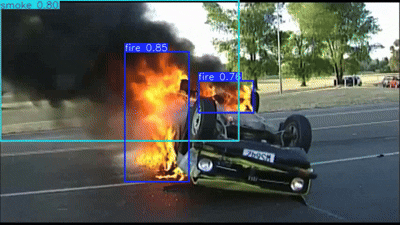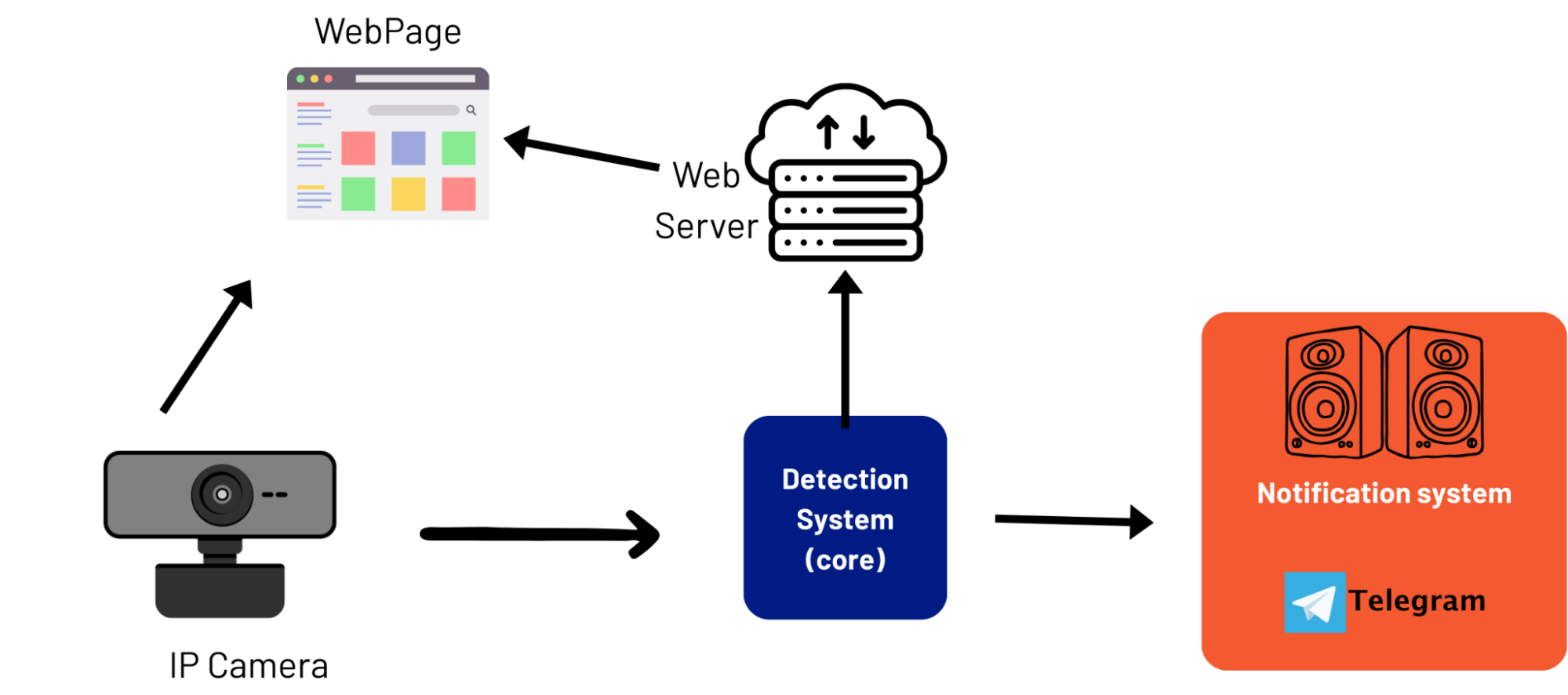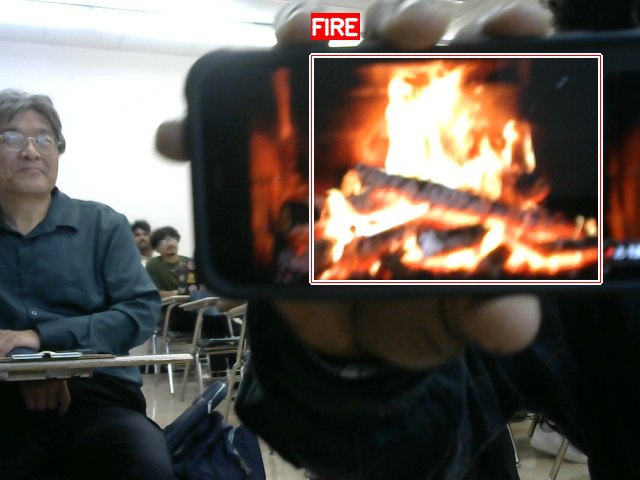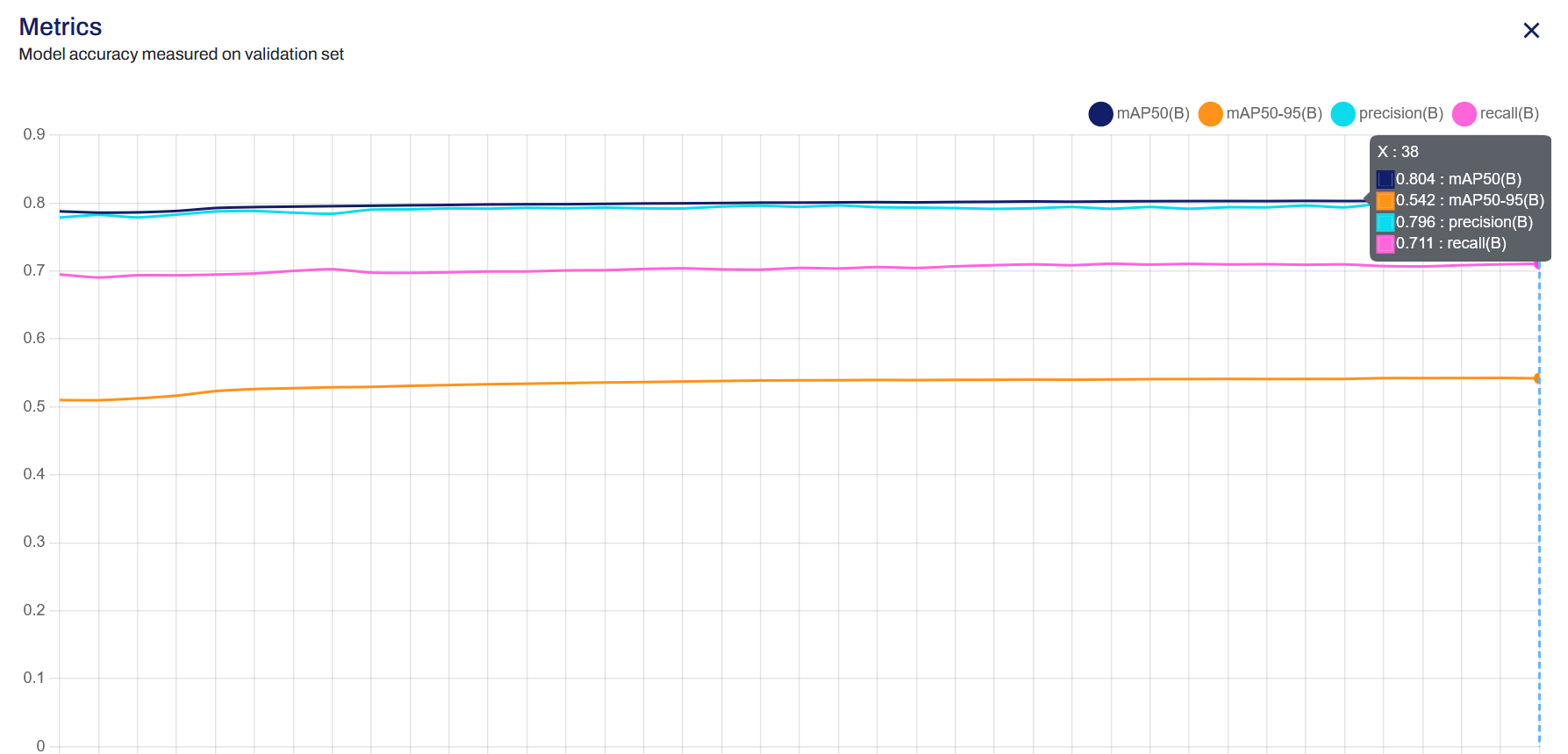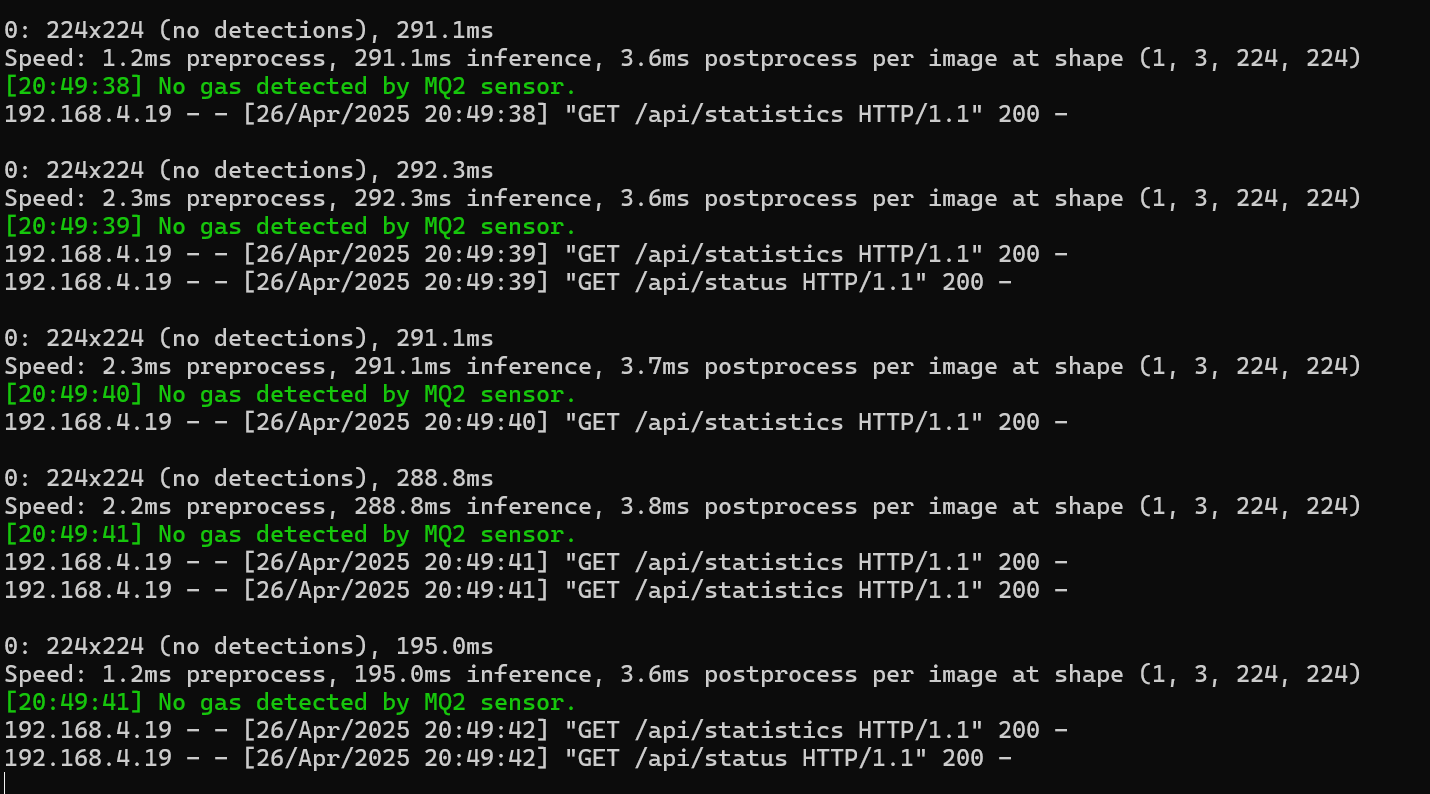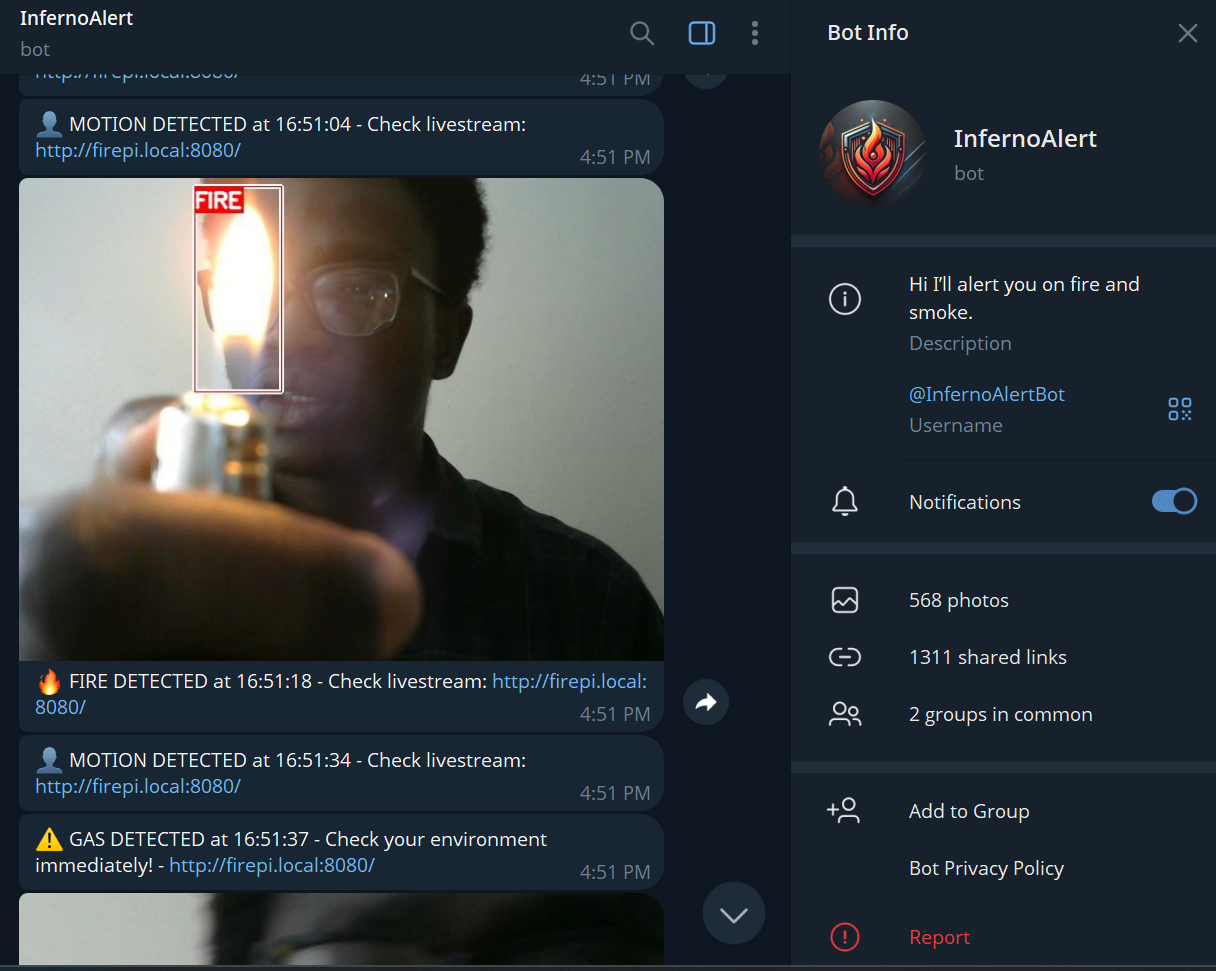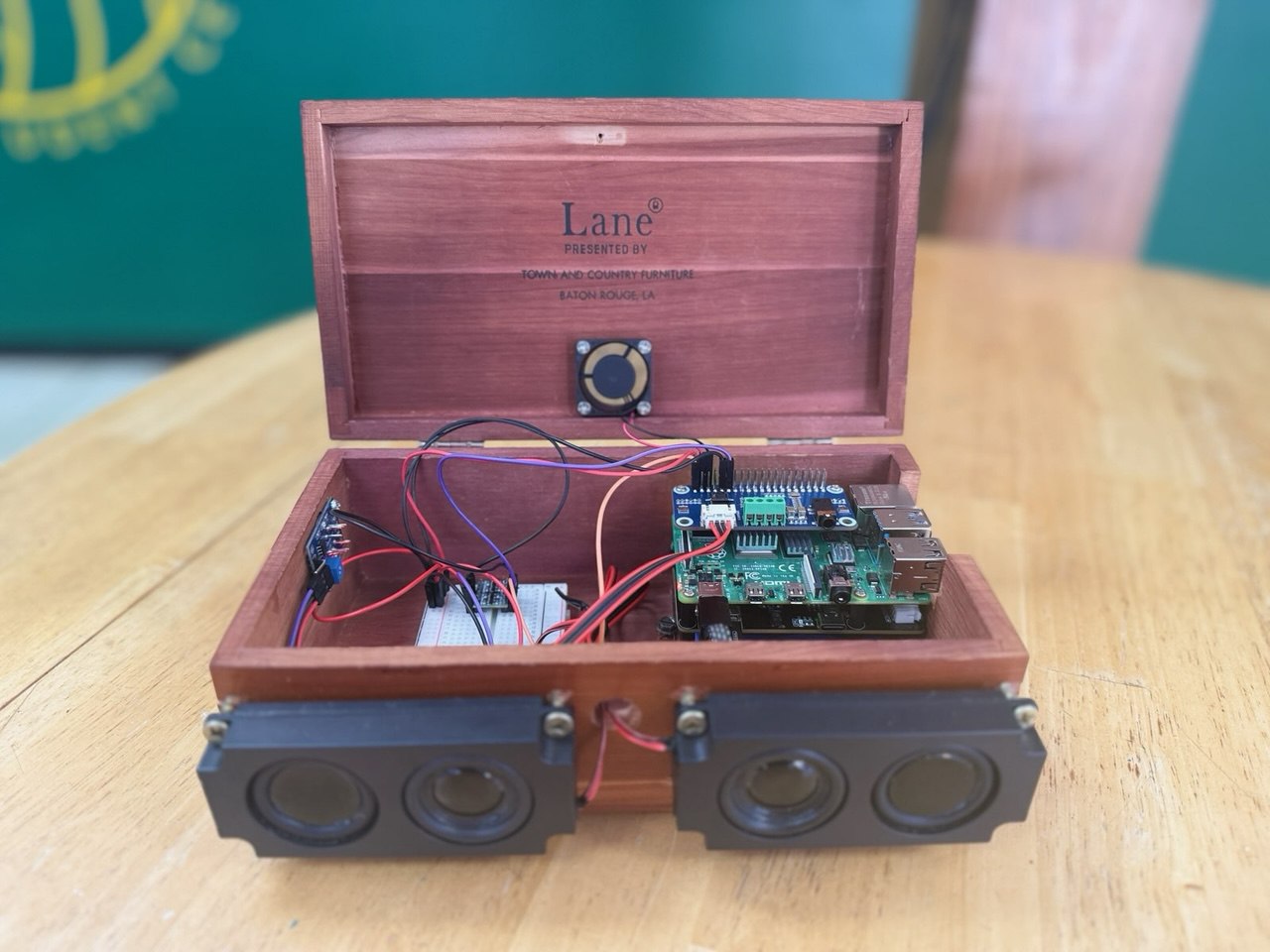INFERNO: AI-Powered Fire & Smoke Detection and security System on edge device
Project Overview
INFERNO is an edge-based computer vision system for real-time detection of fire, smoke, and intruders, purpose-built for affordable deployment on devices like the Raspberry Pi 4 (8GB RAM, no GPU, overclocked to 2GHz) developed for Computer Achitecture class. Leveraging a custom-trained YOLO architecture on a dataset of 160,000 labeled images, INFERNO achieves strong detection metrics: 80.4% mAP50, 54.3% mAP50-95, 79.7% precision, and 71.1% recall. The system also features lightweight sub-modules for face and motion detection, all accessible through an intuitive web interface for live monitoring and instant notifications. Designed for efficiency, privacy, and ease of use, INFERNO brings advanced AI-powered safety to homes and offices without the need for expensive hardware or cloud services.
My Contributions
As the team leader for INFERNO, I was responsible for the entire software development lifecycle:
- Developed 100% of the project codebase
- Trained the AI detection models using a dataset of 160,000 labeled images
- Implemented all computer vision algorithms and optimizations
- Built the web interface and notification systems from scratch
- Led the overall system design and integration process
My teammates provided valuable support with hardware integration, funding acquisition, research documentation, and comprehensive system testing. The codebase will be refactored for wider deployment as I am still working on it as a hobby. GitHub contribution page.
Key Features
- Accurate Fire & Smoke Detection: Deep learning model robust to lighting changes and diverse environments (car fires, wildfires, home fires).
- Real-Time Edge Processing: Processes ~400 frames per minute (~270ms per frame) on Raspberry Pi 4 with no GPU.
- Motion Detection: Detects both rapid and subtle movements, including light flickering, to alert users.
- Face Detection: Basic face detection included, with resource-aware model selection for edge constraints.
- Web-Based Monitoring: Intuitive web interface for live monitoring, notifications, and camera management.
- Flexible Camera Support: Compatible with USB and IP cameras—even remote cameras over the internet.
- Edge-First, Private & Open Source: No cloud needed; open-source for maximum flexibility and customization.
- Reliable & Robust: Tested for 7+ hours continuous operation with no overheating, no network issues, and automatic camera recovery.
Technologies Used
- Computer Vision Model: Custom-trained YOLO-based architecture for fire/smoke detection.
- Face Detection: MediaPipe FaceMesh (lightweight model for edge deployment).
- Motion Detection: Frame differencing and background subtraction algorithms.
- Platform: Raspberry Pi 4 (8GB RAM, quad-core, no GPU, overclocked to 2GHz).
- Frontend: Web interface built with Python (Flask), HTML, and JavaScript.
- Backend: Python, OpenCV, and TensorFlow/PyTorch for inference.
- System Enhancements: Overclocking, heatsink, and fan for thermal management.
Evaluation and Results
Experimental Setup
- Deployment: Raspberry Pi 4, overclocked to 2GHz, tested in various lighting conditions (daylight, dim, bright).
- Fire/Smoke Testing: Controlled fires (matches, lighters), simulated smoke (videos), video datasets, and challenging non-fire objects (red objects, steam, cloud).
- Face Testing: Multiple individuals with varied faces, orientations, and lighting.
- Motion Testing: Fast/slow movement and ambient changes like light flicker.
Detection Performance
- Fire & Smoke: Achieved 80.4% mAP50, robust to lighting changes after augmentation-based retraining. Generalizes well across car, wildfire, and home fire scenarios.
- Face Detection: Subpar due to lightweight model; stronger models would exceed Pi’s compute limits.
- Motion Detection: Highly responsive to both subtle and rapid movements.
Processing & System Performance
- Frame Rate: ~400 frames per minute on Pi 4.
- Detection Latency: ~270ms per frame.
- Reliability: Ran for 7+ hours continuously with no thermal or connectivity issues; automatic camera reconnection.
Why INFERNO Stands Out
- Outperforms traditional detectors and many computer vision systems in its price class.
- Software entirely by a single developer and his LLM buddy, using only a low-cost Raspberry Pi.
- Optimized and overclocked for speed and edge performance.
- Delivers notifications in under 3 seconds post-detection.
- Includes intrusion detection and remote monitoring features.
- Open-source and flexible—no costly subscriptions or vendor lock-in.
INFERNO strikes a balance between performance, cost, and flexibility, making it ideal for small/medium settings where commercial systems are overkill or too expensive.
Future Work
- Improved face detection with smarter resource allocation or lightweight models.
- Integration with smart home systems (e.g., alarms, IoT devices).
- Enhanced analytics and long-term event logging.
- Broader support for diverse edge devices and camera types.
INFERNO proves that with careful optimization and smart engineering, advanced fire and smoke detection can be accessible, affordable, and reliable—right at the edge.
Screenshots
